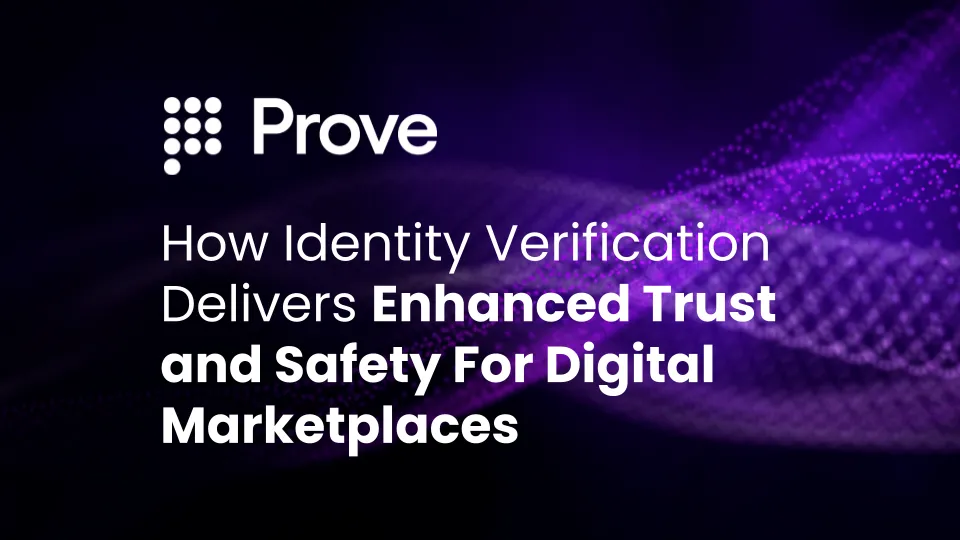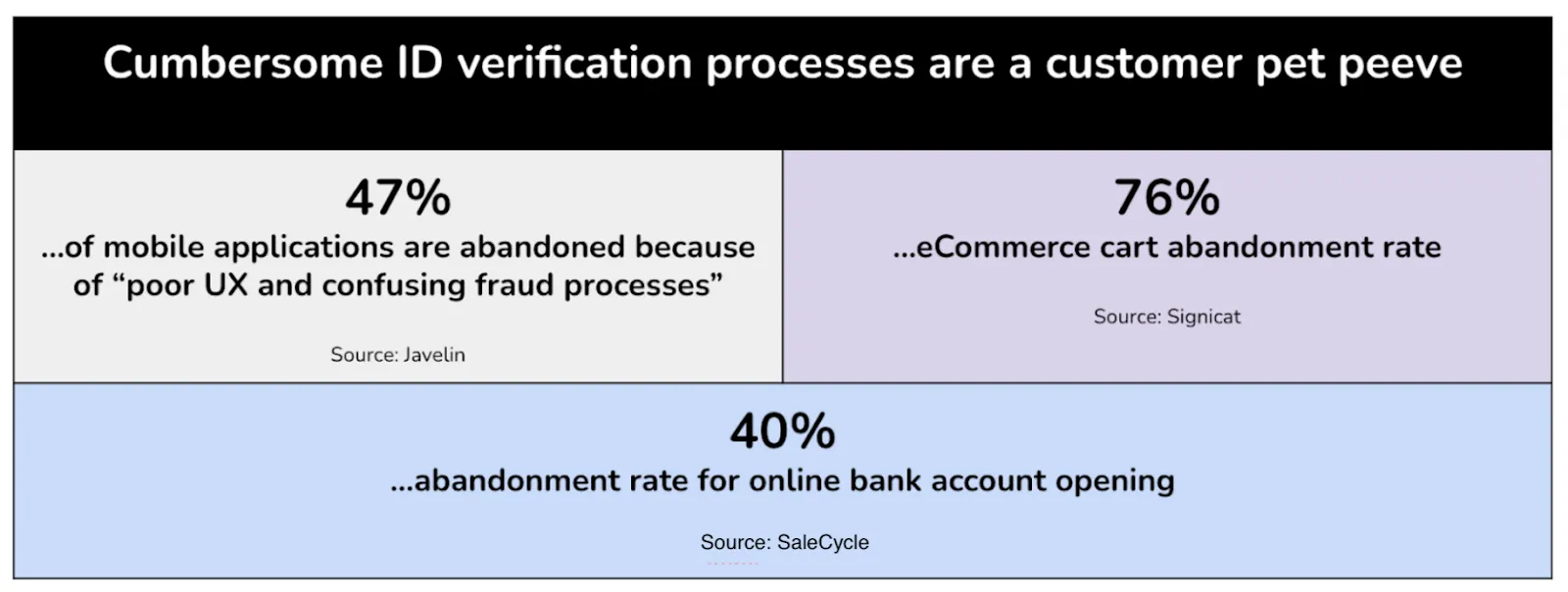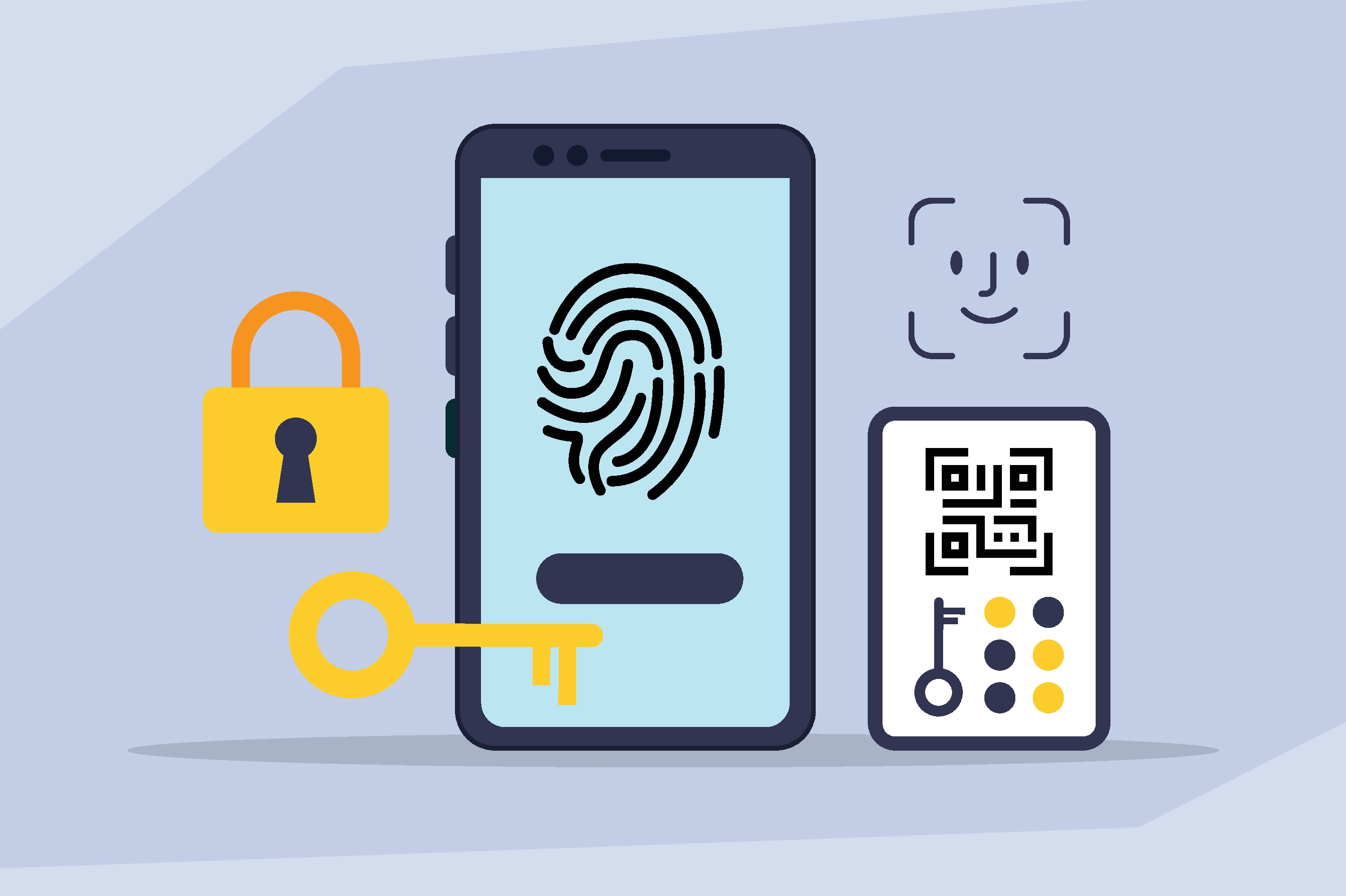How Identity Verification Delivers Enhanced Trust and Safety For Digital Marketplaces


Online marketplaces have grown to become a major force in how individuals work, transact, and function in both business and consumer settings. These marketplaces function in a diverse array of formats, catering to various service needs and customer preferences within the digital landscape. Some function within business-to-business (B2B) frameworks, while others cater to business-to-consumer (B2C) interactions. These platforms may offer tangible products or intangible services, and their transaction models can range from straightforward sales to dynamic auctions.
Yet, amidst all of this variety, all online marketplaces share a fundamental objective: facilitating transactions between parties, and knowing if those parties are an actual person, a bot, or a bad actor. This is especially true in physical, real-life physical interactions that happen in situations like drivers and their riders, deliverers and their customers, and other face-to-face situations.
The facilitation of these transactions not only sustains the marketplace's revenue stream through transaction fees but also fuels its growth trajectory. Positive user experiences incentivize existing buyers to advocate for the platform, attracting new buyers and enticing additional sellers seeking access to a broader customer base. As the marketplace's seller pool expands, so does the diversity of products and services available, further enticing prospective buyers to participate in the two-sided marketplace.
A Trillion-Dollar Marketplace
Online marketplaces have enabled the rapid rise of the gig economy, which has revolutionized the way we work. It offers individuals the opportunity to engage in flexible, on-demand work arrangements. Companies like Uber, Instacart, Rover, and others have capitalized on this trend, creating platforms that connect service providers with consumers in need of various services, from transportation to food delivery. However, the very nature of the gig economy, characterized by a decentralized workforce and transient interactions, presents unique challenges in terms of building trust and safety. Ensuring the authenticity of both service providers and consumers is essential to fostering a trusted and safe environment.
The gig economy offers contract workers flexibility and opportunities to generate multiple channels of income and work according to their own schedules. As more workers and users flock to these gig economy platforms, the companies that provide these services face a two-fold problem: how can they rapidly verify new users and customers and keep them verified without introducing fraud? The answer lies in the ability to effectively identify and verify users while simultaneously avoiding friction in the process.
For identity verification experts, navigating this complexity is critical to safeguarding against fraud and maintaining integrity within the gig economy sector. We are seeing that the very essence of these transactions can be put at risk, particularly due to bad actors perpetrating fraudulent activities; and it all poses a significant threat to the marketplace's viability. Consequently, online marketplaces must prioritize trust and safety measures to uphold user confidence, preventing potential abandonment by both buyers and sellers.
Less Friction, Less Fraud. It IS Possible.
The responsibilities of Trust and Safety, and customer experience teams are far from simple. Balancing the need to ensure customer satisfaction with the imperative of safeguarding interacting parties demands finesse in tool selection, process implementation, and policy enforcement. This delicate balance requires delivering exceptional customer experiences while simultaneously mitigating risks and minimizing exposure to fraud. For digital marketplaces and gig platforms, the emphasis should focus on the following critical outcomes:
Driving Growth and Conversions: By implementing robust digital identity verification methods, marketplaces can support rapid onboarding of service providers (drivers, delivery providers, contract workers) to get them quickly into a state of production and revenue generation. Done correctly, verifying identities across the many touchpoints in the provider and user journey instills confidence in who users are interacting with and encourages more participation by end-users. This gives users assurance to engage with the platform, ultimately driving network effects that increase growth in the user base and transaction volumes.
Strengthen Trust: Identity verification enhances trust between all parties involved in the marketplace ecosystem. Verified identities validate service providers and assure users that they are interacting with legitimate individuals or businesses, reducing concerns about fraudulent activities or misrepresentation. This trust leads to increased user engagement, repeat transactions, and positive word-of-mouth recommendations for individual gig workers, which ultimately strengthens the marketplace's reputation as a trustworthy platform.
Mitigate Losses and Customer Scams: Identity verification is a proactive measure to mitigate various forms of losses for marketplaces. First, it helps prevent fraudulent activities by ensuring that only genuine users participate in transactions, thus reducing the risk of financial losses from chargebacks, payment disputes, or unauthorized transactions. Secondly, by verifying the identities of all parties, marketplaces can minimize reputational risks associated with fraudulent behavior, protecting their brand image and maintaining the trust of existing users and stakeholders. Overall, robust identity verification processes serve as a vital tool in safeguarding marketplaces against financial and reputational losses stemming from both bad actors and associated risks.
An outstanding customer experience hinges on smooth interactions, which requires rapid, but accurate user verification, which allows users to swiftly access new services within minutes or even seconds of joining. However, the urgency to provide such experiences may tempt organizations to relax security measures in a bid to expedite the verification process. Streamlining reviews and checks ostensibly promises a smoother experience. Yet, such actions can compromise customer identity verification and validation efforts.
But is sacrificing seamless experiences necessary to combat fraud? Must companies choose between mitigating fraud and ensuring a frictionless experience?
Traditional identity verification platforms may argue in favor of prioritizing fraud reduction, often at the expense of user experience. At Prove, we challenge this binary perspective. We firmly believe that both objectives—delivering seamless experiences and mitigating fraud—can be achieved simultaneously. After all, nothing less than excellence should be expected for your customers.
Identity Verification and Transacting in the Era of Digital Consumer Expectations and Fraud Risks
For gig economy companies the speed at which consumers navigate the verification and transaction process can make or break the customer journey. As consumers wield the power to abandon registration or checkout at the slightest hint of dissatisfaction, ensuring a swift and seamless customer experience has become critical. Failure to meet these expectations risks losing potential customers before meaningful engagement can even occur.

For digital businesses, aggressive customer growth targets drive strategy, with the speed of acquisition clearly becoming a key focus. Beyond simply ushering new providers to sign up as drivers or delivery experts, or to rapidly drive customers to the "buy" button, this velocity has significant implications for customer experience teams. Each new provider and customer not only represents revenue potential but also provides valuable insights into consumer behavior and trends, amplifying the word-of-mouth impact of positive experiences.
Therefore, it is imperative for these businesses to expedite the process of worker and customer creation and activation to capitalize on revenue opportunities without delay. Any lag in providing customers with access not only risks lost revenue but also impedes the potential for accelerated revenue growth.

Crafting and Navigating an Efficient Customer Journey within Companies
As the demand for speed shapes the customer-centric aspect of gig economy company operations, there's a prevalent belief among fraud and risk leaders that occasionally, defense against identity fraud takes a backseat to reducing friction. Unfortunately, this belief often holds true.
The surge in digital adoption, along with the resurgence of AI, has brought about new and increasingly sophisticated forms of fraud. This highlights the urgent need to integrate identity verification technology and fraud management while meeting customers' growing expectations for seamless digital experiences.
Digital enterprises, especially in sectors like gig services, are grappling with a surge in fraud and bad actors. Because of the growing need for independent workers, some companies are prone to weakening verification barriers, which opens them up to more potential fraudulent activities. On the customer end, users want services when they need them, and the expectation is that signing up and using services shouldn’t take more than a few minutes. This all adds up to potentially problematic outcomes, which make it challenging to achieve online origination targets and effectively verify identities and authenticate customers while combating fraud.
Simultaneously, the threat landscape has evolved, with fraudsters employing highly sophisticated tactics. From nation-state actors and organized criminal syndicates to cyber terrorists and insider threats, the pool of potential perpetrators has widened. Technological advancements have exacerbated the issue, leading to more frequent, rapid, and effective fraud attacks than ever before. Common methods include phishing, destructive malware, social engineering, deep fakes, and the utilization of fraud-as-a-service exploit kits.
Reinventing the Customer Experience and Fraud Prevention
It’s essential to grasp the various layers involved in the utilization of identities within these procedures. Identity verification is the cornerstone, confirming that an individual is indeed who they claim to be. Typically conducted during the initial phases of onboarding new providers and customers and again at points of transaction, this procedure entails assessing evidence of personal data provided by the customer, such as a digital copy of a government-issued ID and a phone number.
From the end-user perspective, the process is straightforward. Upon initiation, the Prove platform seamlessly and securely verifies the user identity, often with no user engagement whatsoever. Within moments, a result is generated, and for customers flagged with no indication of fraud, verification is completed swiftly.
Prove For Your Gig Economy Needs
Learn how gig economy leaders are achieving more providers and customers with less fraud, and doing it while providing a seamless user experience. Check out how Prove helps marketplaces.

Keep reading
 Read the article: Prove Launches ProveX℠, the Internet’s First Digital Trust Exchange
Read the article: Prove Launches ProveX℠, the Internet’s First Digital Trust ExchangeProve launches ProveX, ProveX, a new digital trust exchange that enables enterprises to instantly access verified data and credentials from partners, while preserving trust through every interaction
 Read the article: Beyond the OTP: Why SMS-Based 2FA Is Failing and What Comes Next
Read the article: Beyond the OTP: Why SMS-Based 2FA Is Failing and What Comes NextExplore the classic conflict between security measures and user friction.
 Read the article: Anatomy of an Account Takeover Attack: Analysis and Response Plan
Read the article: Anatomy of an Account Takeover Attack: Analysis and Response PlanLearn practical strategies for handling identity verification API errors or no-match responses. Explore fallback methods and clear communication tactics to ensure a smooth, user-friendly experience.












